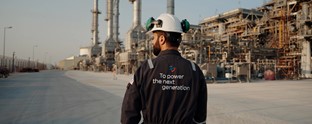The experience of a lifetime
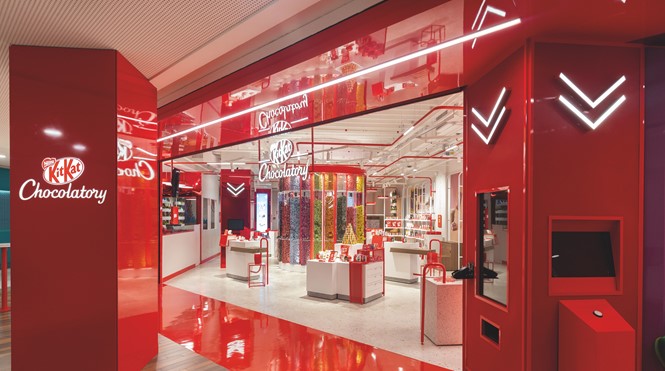
Technological advances have opened up a new world for brands and their audiences where the constraints of reality are softened. Does this mean physical brand experiences are gone for good? Jack Cousins reports
On a sunny, though very chilly, November morning in 1924, tens of thousands of expectant New Yorkers lined the streets. The magical scenes unfolding before their eyes – replete with bears, elephants, large Mother Goose nursery rhyme floats, cowboys, marching bands and even Santa Claus – was something they might never forget. Not that they would be allowed to forget; the Macy’s Thanksgiving Day Parade has since become a favourite annual American pastime.
Despite the Wild West costumes and the host of the Central Park Zoo’s most iconic animals, the Macy’s Christmas Parade, as it was then known, was not strictly speaking a celebration of America, nor the city which hosted it. Lo and behold, the destination of the six-mile-long parade was Herald Square – home to the new one million square foot department store which bore the same name as the parade: Macy’s. Capturing the imagination of excitable children, a 75 foot-long Christmas window display was unveiled. Where better to revel in the spirit of the holidays than inside the warm retail space?
The festivities unwittingly set the bar as one of the most successful examples of brand experiences in history. Nearly a century on and hundreds of thousands of Americans are still compelled to crowd the streets of the Big Apple to watch the parade go by. For all the technological advances that have since emerged in the world of branding, the game remains the same: entice people to a place they can buy your products or services. Indeed, flagship stores are still deemed to hold huge sway, but they aren’t without their limitations.
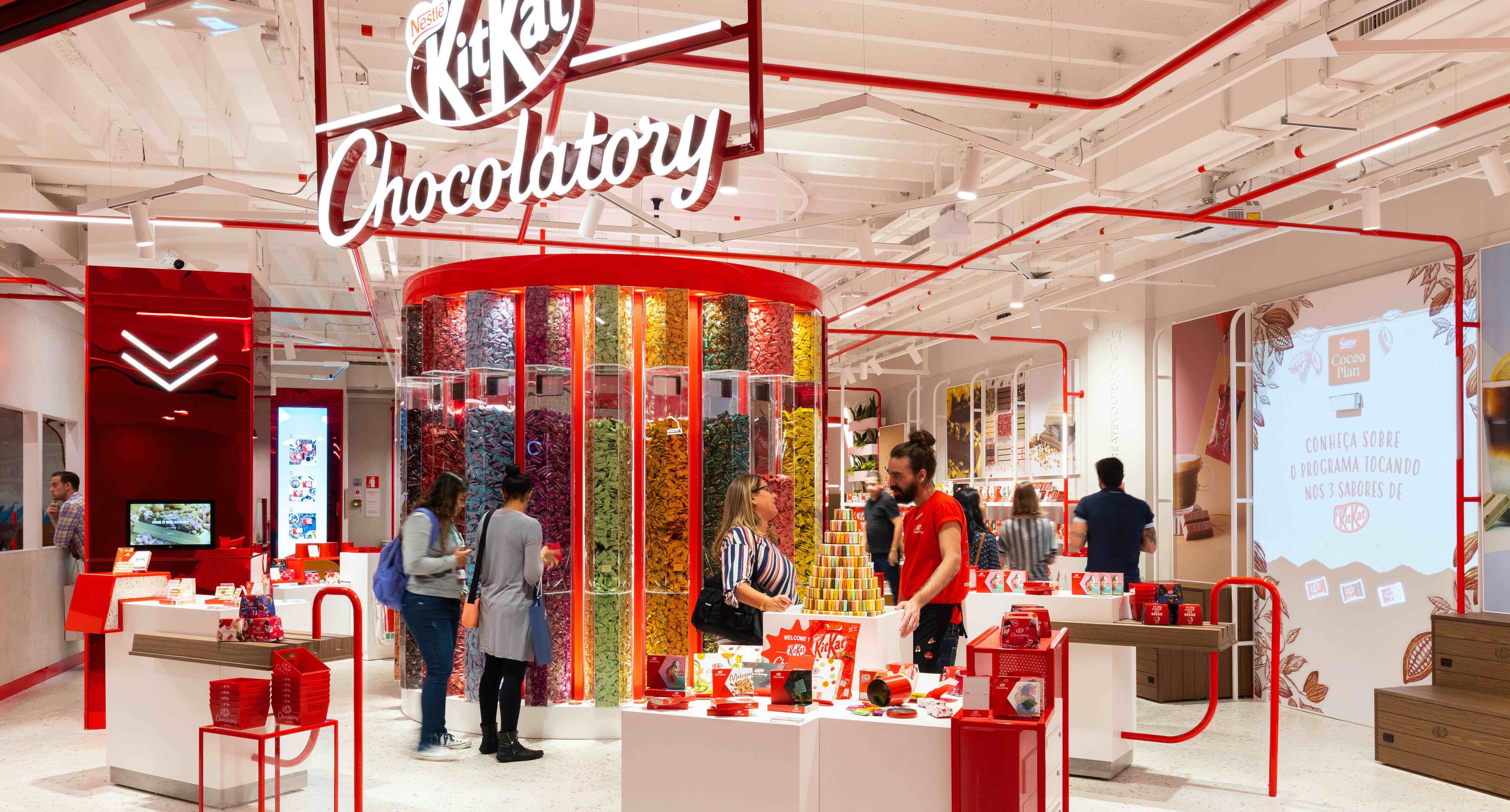
Nestlé Brazil hired design agency Landor & Fitch to bring attention to a new sub-brand of Kit Kat within the South American market, known as the Kit Kat Chocolatory. The idea was to expand on the world-famous brand by introducing new flavours at a higher price point. By October 2019, the design agency had created an exciting retail experience which mixed the tangible and digital, successfully enticing the brand’s Gen Z audience to its São Paulo flagship store. An e-commerce experience was also in the pipeline to support the sub-brand’s rollout.
“It was a big deal for Nestlé,” says Nick Burdett, then digital director at Landor & Fitch. “We knew that we didn't just want to make a static store, we wanted something that was more of a two-way conversation. You could literally go and play with digital vending machines, you could customise and personalise your own products through touchpoints within the store.
He says a VR station allowed people to get lost in the 3D Kit Kat universe while an in-store treasure hunt featured Snapchat QR codes. “People could just scan and see really interesting content,” he adds.
Tapping into five story experience principles – brand, product, creation and personalisation, belonging and play – the store’s technological format saw great initial success with three months’ worth of chocolate being sold out in just four weeks. Around half a year into the sub-brand’s life, disaster struck. The pandemic rendered the flagship store almost obsolete, bringing the importance of the e-commerce experience – which still wasn’t live – to the forefront of the project.
Burdett says, “When the pandemic happened our client got on the phone to us and said, ‘We have to accelerate the e-commerce because we are not shifting products right now, we can't get people into the store!’ So, we accelerated the e-commerce release plan pretty intensely and ended up launching in January 2021.”
Replicating the physical store, the Kit Kat Chocolatory e-commerce experience was designed as an immersive, virtual 3D world which successfully plugged the gap left by the pandemic. While the digital experience could service all of South America, it was also naturally limited in its richness because of concerns over the website’s loading time. With the world changing almost overnight, brands across all continents and sectors were forced to employ solutions they would never have otherwise considered.
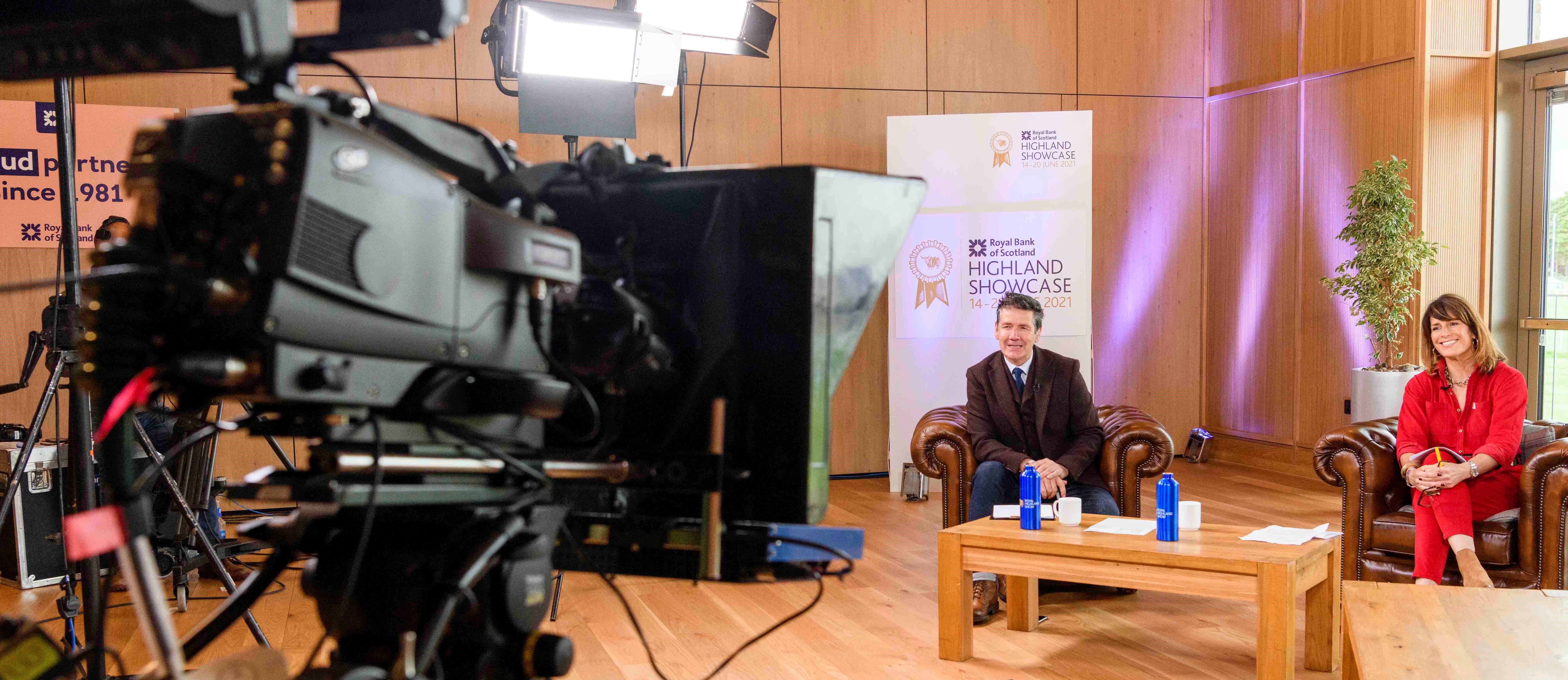
For no brand was this more evident than the Royal Highland and Agricultural Society of Scotland (RHASS). Its annual Royal Highland Show, based in Ingliston, near Edinburgh, has attracted thousands from across Scotland and further afield for the past 200 years to admire the very best in Scottish food, farming and rural life. It provides a unique opportunity for city-dwellers to spend a day understanding rural life; to get up close to the biggest cattle, sheep and horses the country could offer. It also hosts huge B2B transactions; it isn’t unusual to see million-pound combine harvesters being sold at trade stands. It’s an event which therefore heavily relies on large crowds in order to thrive.
Pre-Covid-19, the show would take upwards of £5m in revenue, primarily from ticket sales and trade stand pitch fees. With the RHASS’ main income stream instantly vanishing in early 2020, the only consolation was that quickly cancelling the show meant a financial catastrophe was averted.
The following year, many Covid-19 restrictions were still operational in Scotland, making it illegal for large crowds to gather. To avoid another year of disappointment, the RHASS’ head of operations, Mark Currie, had to think on his feet. He says, “We started scenario planning around what a 50% show would look like. Is it worthwhile to deliver on that? What does a full cancellation look like now? And then the third scenario was what if we started to look at a virtual, digital product.”
He says the organisation decided to go ahead with a live-streamed event. “It was the most challenging product I've ever had to deliver in my life!” Currie says. “The model was basically trying to deliver as much of the Royal Highland Show livestock competitions as we could. The idea was to create not just a livestream like CCTV at the top of a pole, we wanted to make a Champions League multi-camera, multiple commentators product.”
Help from sponsors and the Scottish government ensured the livestream experience was free to access. Meanwhile, targeting global attendees of rural fairs on social media uncovered a surprising new audience for the Royal Highland Show. Currie adds, “People said to me, including my board, ‘What [viewing numbers] would you be happy with?’ I was thinking 100,000 and we'd be in dreamland. But come the end of the event we’d had 400,000 over 105 countries.”
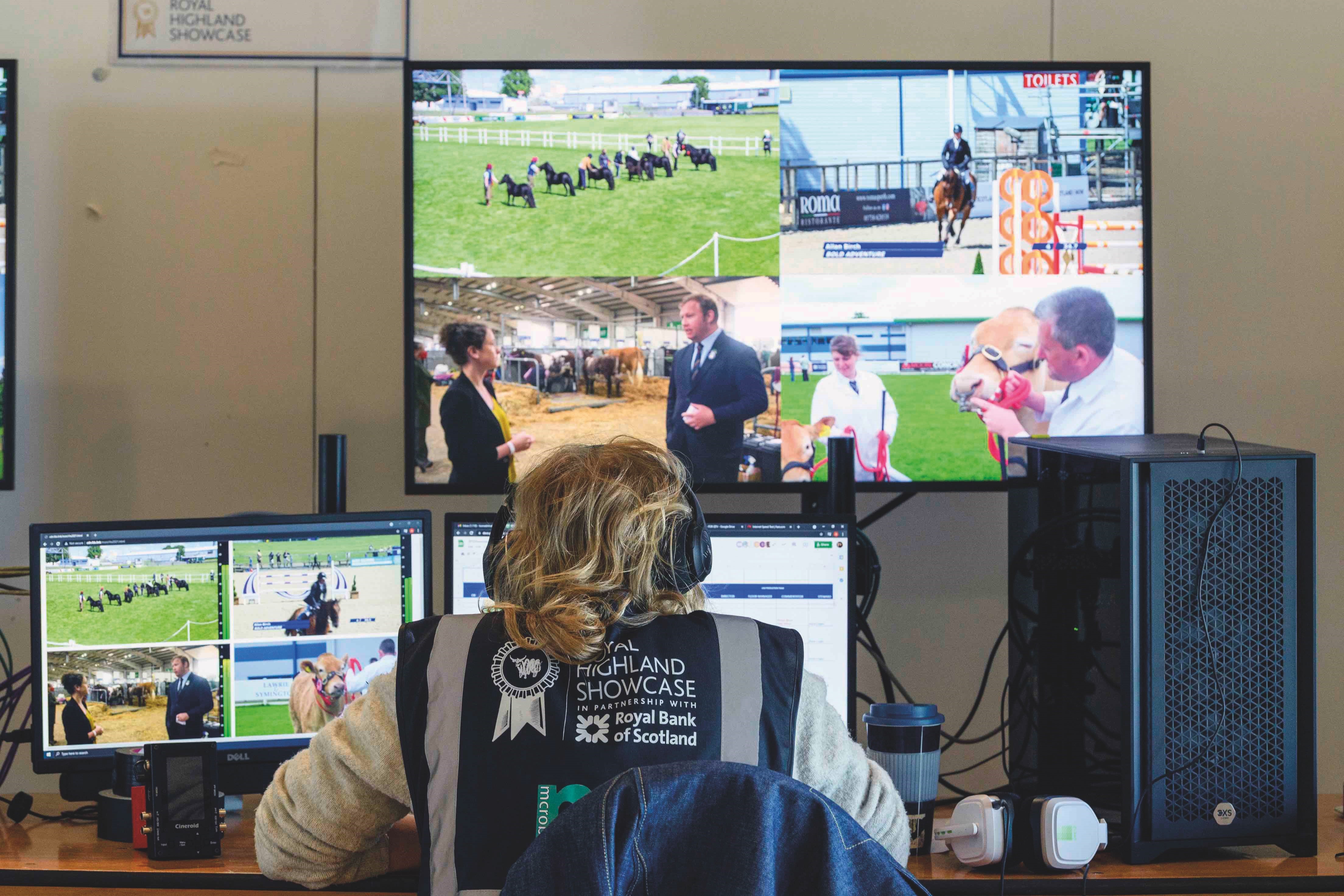
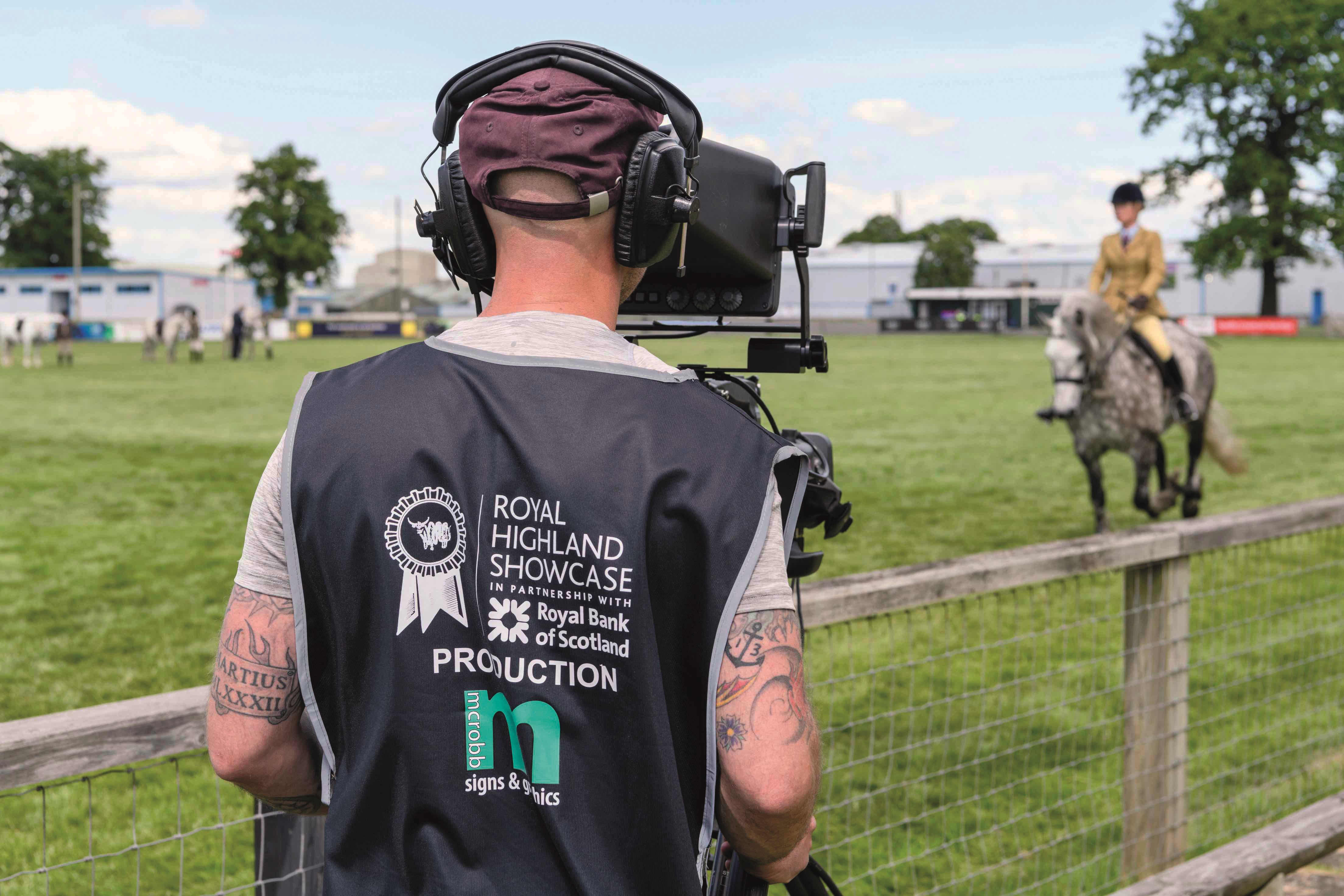
The remarkable success of the project was demonstrated when Currie discovered pubs in New Zealand and Australia were opening at 2am to satisfy the show’s new global audience that wanted to watch its sheep shearing championships. New markets opened up to Scotland’s rural community, as exemplified by a Shetland pony being bought from Germany due to the TV-quality livestream. Barring small technical difficulties, the virtual event was a huge success. With crowds expected to return to the show this summer, the RHASS still plans on filming a rebranded version of the livestream called ‘Royal Highland TV.’
While the brand strengthened as a new audience was captured, the means by which the RHASS achieved this was not exactly novel. The Macy’s Thanksgiving Day Parade was first televised as far back as 1948 on NBC, reaching over 25m viewers last year. However, a completely radical future for brand experiences may be on the horizon with the advent of the metaverse. Most simply described as an immersive extension of the internet, the possibilities might be endless.
“I was thinking 100,000 [viewers] and we'd be in dreamland. But come the end of the event we’d had 400,000 over 105 countries.”
“Obviously, the metaverse does not exist yet,” says Luke Weston, brand experience strategy director at London-based agency Household. “We are still at the sort of platform stage where it’s glorified gaming in a way. What brands, especially in luxury fashion, have done is start to tap into this huge growth in the world of gaming, especially in the younger generations who are expressing their sense of self. It’s a huge shift into this virtual existence, so I think it's a really exciting moment for brands and for customers.”
With creative discussions at Household involving the development of virtual spaces for clients, inspiration is being taken from pioneering brands. For instance, Nike partnered with online gaming platform Roblox in November 2021 to create Nikeland, a bespoke virtual world where fans of the brand can compete and share experiences together. But where will this all lead, and just how integrated could brands become with people’s lives?
Weston says, “I think what's really interesting to me is how the digital and physical dovetail and how they support the customer, the user, the attendee on every step of that journey. I think what is really exciting is the overlapping, and [augmented reality] is a great example of that. Pokémon Go was probably the earliest successful example, with thousands of people running around the city. But it's also a little bit frightening, the notion that there is this kind of omnipresent brand that can start to be ever more pervasive in our lives. Some people will find this unbearable!”
Nestlé Brazil’s promotion of a physical flagship as well as e-commerce, and the RHASS’ decision to prioritise crowds over its global livestream viewers this year, shows these brands have respected and understood its audience’s desire and need for the human touch. While Macy’s Thanksgiving Day Parade has adapted with the times, and even released parade-themed non-fungible tokens last year, spectators can still stand with their family on those same streets and watch the floats, clowns and enormous balloons roll by – just as previous generations did. For brands looking to find a way to their audience’s hearts, the bar remains high.


